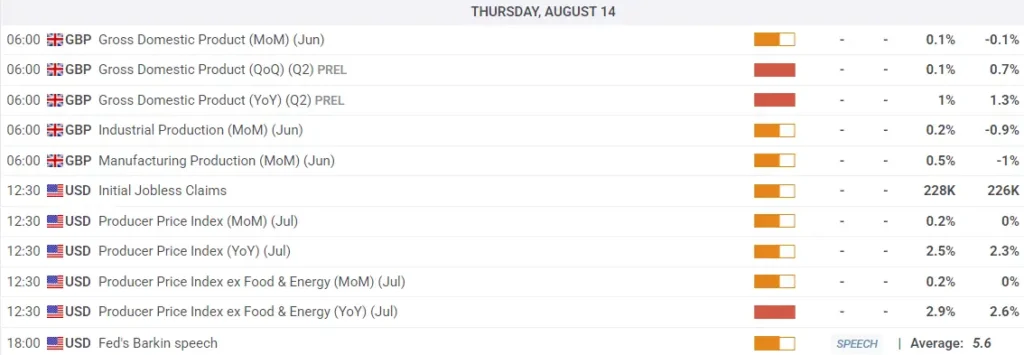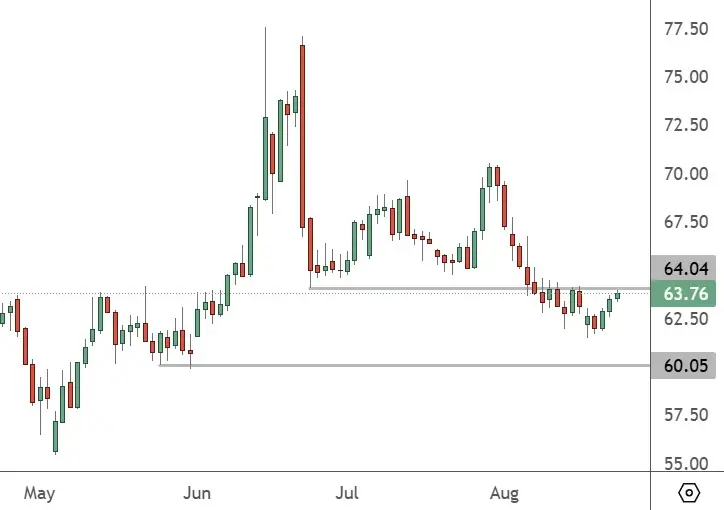After the May inflation data was released, markets were mired in recession fears as the US CPI was recorded at an annualised 8.6% print in May. This is the highest inflation data since December 1981 and was 0.3 percentage points higher than expected. Inflation data, which shows no signs of subsiding, has reignited market expectations for a more aggressive rate hike by the Fed at this week’s rate-setting meeting.
The Federal Reserve is widely expected to raise the federal fund’s target rate range by 50 basis points. Still, after the release of Friday’s inflation report, the market began discussing the possibility of a 75 basis point rate hike and a more aggressive pace of rate hikes. Moreover, market attention will be on Powell’s speech at the press conference following the decision. Powell made clear last month that he was not actively considering a 75 basis point hike. However, the fact that inflation is still soaring may alter his views.
Since inflation in the United States has not peaked and is not falling as expected but has continued rising, the markets expect the Federal Reserve to implement a longer-term monetary tightening policy. The sustained interest rate hikes may cause the US economy to enter a recession. The continued surge in inflation is primarily due to the high energy prices. Current trends indicate that oil prices may rise as the peak summer travel season kicks off. This is another reason that further exacerbates the Fed’s concerns about losing control of runaway inflation.
With crude oil supply from Russia dwindling, a recent Goldman Sachs report predicts that international oil prices could reach the $140 level in the short term. This is undoubtedly worse for inflation in the United States. Hence, some market participants predict that inflation may rise to nearly 9% as early as June and will likely remain high for some time. The Fed may also respond aggressively via austerity measures in the upcoming interest rate meetings.
Affected by recession concerns and rising inflation, the S&P 500 index entered a bear market on Monday. Many high-value technology stocks have sold off heavily. Suppose the Fed starts raising interest rates more aggressively; in that case, the future outlook for the stock market is not optimistic. It is challenging to see signs of a rebound in the short term. The market is worried about the Federal Reserve tightening its monetary policies to control inflation. Apart from the global bond market falling sharply, 10-year treasury yields have risen to their highest level since 2011. The US Treasury yield currently has considerable upside across all maturities, indicating risks that the US economy could move into a recession soon. The downside risk for the stock market is intensifying.
Concurrently, the dollar might boost positive sentiment from Powell’s speech. In addition, hints that the Fed is considering a further increase in interest rate hikes would help the dollar maintain the upside momentum amid expectations of more interest rate hikes. As a result, the dollar is ahead of a basket of competing currencies.
The dollar’s index 20-year high has further exacerbated market expectations for aggressive interest rate hikes from the Fed. It has also made the dollar a safe-haven asset today.
Conversely, the movement of other non-US currencies and commodity prices, such as gold, may come under further pressure. Aggressive oncoming interest rate hiking policies could further reduce the attractiveness of gold as a safe-haven asset. Moreover, Treasury yields continue to rise with interest rate hikes as gold’s opportunity cost decreases. Therefore, investors need to pay close attention to the Fed’s attitude about the pace of interest rate hikes at today’s meeting to adjust their investment asset deployment promptly.
Economic forecasts can reveal the pace of interest rate hikes for the rest of the year and derive the Fed’s general position. This includes whether the Fed will need to raise rates by as much as 50 basis points as expected in September. The forecasts will also focus on whether the current panic selling in the stock market will continue. But, if the Fed raises interest rates by 50 basis points today and indicates the potential for subsequent rate hikes, the market may usher in a correction soon.


